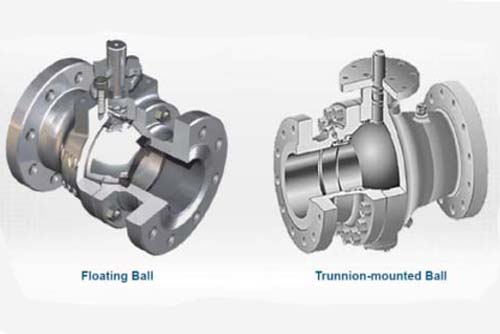Source: setpointis.com
Valves are used to manage the flow of fluids in a system. They play a fundamental role in manufacturing plants, pipelines, and even home applications such as water and gas systems. They, however, come in different designs to suit the requirements of specific applications.
A trunnion ball valve and a floating ball valve are examples of valve designs made to fit the needs of specific fluid control systems. While they are both ball valves, they each have unique features that set them apart. As you weigh which of them is best for your project, here is an in-depth comparison of the two to guide you.
Table of Contents
Differences Between the Trunnion and Floating Ball Valve
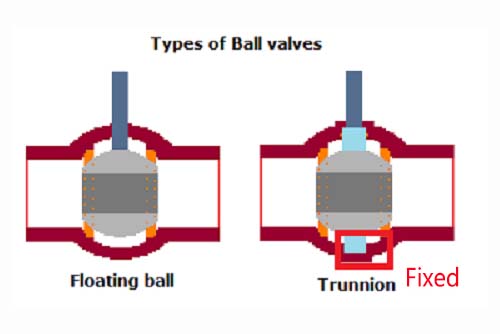
Source: adamant-valves.com
A trunnion ball valve consists of a ball mounted on a trunnion on the bottom and joined to a stem at the top. These parts are often welded together which is why this type of valve is sometimes referred to as a trunnion mounted ball valve or a fully welded trunnion ball valve. Given as the ball is mounted and experiences less friction and media pressure force, this valve requires less torque to operate.
A floating ball valve, on the other hand, comprises a ball linked to a stem at the top but floats freely at the bottom. It is held in place by fluid pressure and seat rings as opposed to being mounted on a trunnion. As such, it requires high torque to operate. It is, nevertheless, a reliable bi-directional shut-off valve.
How Does a Trunnion Ball Valve Work
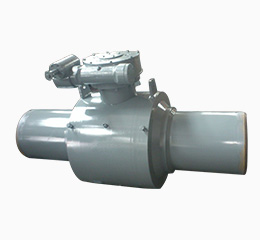
A trunnion ball valve consist of 4 main parts:
An actuator lever
A stem
A ball
A trunnion
The trunnion forms the base onto which the ball is mounted. At the top end, the ball is linked to the stem and the stem is connected to an exterior actuator lever. In a flanged trunnion ball valve, there are spring-loaded seats and a polymer ring insert between the trunnion and the ball. The springs put pressure on the ball to keep it in place. Together with the polymer ring, they also reduce friction when the ball is rotating.
To facilitate the flow of media, the ball is made hollow in the middle. It can either be a full bore or a partial bore. A full bore is a ball whose hollow part is the same size as the pipeline it is installed in. Whereas in a partial bore, the diameter of the ball’s hollow part is smaller than the diameter of the pipeline.
When the actuator is turned, the stem connected to it also turns. These actions cause the ball to rotate on the trunnion to an open or closed position. During and after fluid flow, seals in the seats and stem prevent the fluid from leaking out of the pipeline. An adjustable gland packing box also helps the valve take on different capacities of pressure. A typical trunnion ball valve would also have 2 bleeders for purposes of depressurization.
The structure of a trunnion ball valve makes it ideal for application in high pressure and high-temperature fluid management applications.
Pros and Cons of a Trunnion ball valve
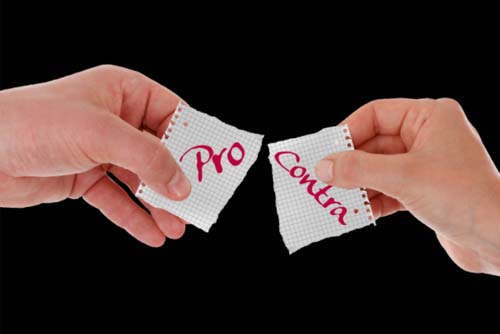
Source: Pixabay
Pros:
It requires less torque to operate
It can be applied in both large scale or small scale operations
Less friction during trunnion ball valve operation helps mitigate wear and tear
Provides full-proof sealing
Cons:
Due to the fully-welded or bolted-together design of a trunnion ball valve, it is difficult to repair it in-line. Repairs would thus interrupt normal pipeline operations.
If maintenance is not carried out as required, welded parts could begin to operate with higher friction which could lessen efficiency.
Applications of Trunnion Ball Valve
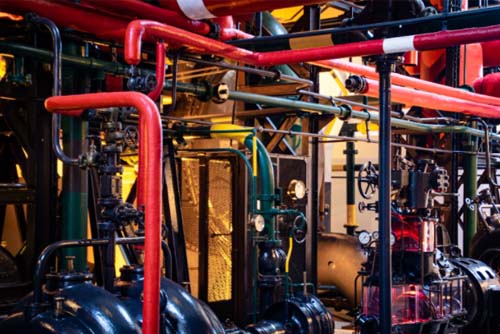
Source: fastcdn.pro/filegallery/gulfltco.com
Due to its resilience, a trunnion ball valve can be applied in a wide range of applications including:
Chemical manufacturing plants – the transmission of chemicals through pipelines during production requires stringent management. More so where corrosive chemicals are involved because leakages and high reactive temperatures could harm staff or the surrounding environment. The full-proof sealing added to trunnion ball valves during manufacturing and their high-temperature resilience makes them ideal for the safe management of such fluids.
Petroleum industry applications – trunnion ball valves manufactured to API 6D standards are recommended for petrochemical industry applications because they are leak-proof and can handle high pressure. These features are especially useful in high-volume petrochemical pipelines and gas lines which require careful pressure management.
Power generation- power is generated using different fuels. Geothermal power, for example, is generated using steam while hydropower relies on water. In each case, the medium used to generate power needs to be released into the system in measured units. A trunnion ball valve is suitable for controlling the flow of such media as It can keep up with the large-scale, high temperatures, and high-pressure nature of such operations.
How Does a Floating Ball Valve Work
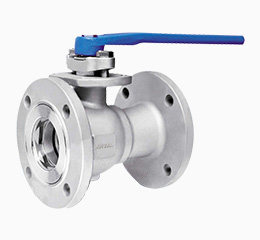
A floating ball valve comprises 3 main parts:
An actuator lever
A stem
A floating ball
The actuator lever is the outermost part used to open or shut-off fluid flow. When it is turned within a 90-degree angle, it rotates the stem which turns the ball to an open or closed position.
At the base of the valve, the ball remains unmounted and is only supported by a stationary polymer ring and seats.
When the valve is shut, medium pressure pushes the ball firmly against the seats. This provides a tight seal and stops flow immediately. However, given as the ball is unsupported, high levels of pressure can not be distributed to a base to lessen the force on the ball. A floating ball valve is thus only recommended for low to medium pressure applications with average temperatures. Where necessary, it can also be customized to work in cryogenic applications.
Regarding overflow management and controlling leakages, a quality floating ball valve should have an anti-static and anti-blow out stem design. This means that in instances when pressure is elevated or during fluid surges, the stem would remain in place with no leakages. A flexible soft seat is equally essential as it creates sealing around the floating ball to stop media flow.
Pros and Cons of a Floating Ball Valve

Source: Pixabay
Pros
A floating ball provides impenetrable sealing when pushed onto its seats.
It responds fast to shutting off or allowing fluid flow.
It is very efficient in small scale applications for which other valves would be unsuitable due to size.
Cons
It is limited to small designs to manage torque levels. The
It operates at high torque.
The high pressure experienced by seats and seals during shut off can increase their rate of wear and tear.
Applications of a Floating Ball Valve
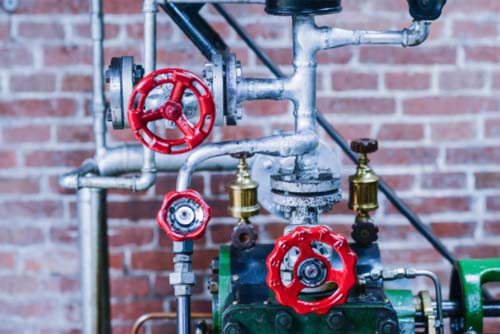
Source: Pexels
The efficiency of floating ball valves makes them ideal for applications such as:
Emergency shut-off systems- pipeline systems such as those involving fuels, water, or critical gases often require a fast-responding shut-off valve in case of emergencies. Given as this type of ball valve is unmounted, it works fast and is therefore suitable for SIL 3 emergency shut-offs.
Water systems- water distribution systems require that pressure is maintained at optimum levels to sustain flow and prevent air pockets from restricting the flow of water. The flow of water also needs to be controlled to prevent overflows. A floating ball valve would be a good choice for water system control as it is pressure-sensitive and can open and shut as needed based on pressure conditions.
Pipeline pressure relief– pipeline pressure management is essential to avoid busts and similar mishaps. A floating ball valve can be added in a pipeline as a pressure outlet valve as it takes on the pressure while remaining intact as opposed to a mounted ball valve that could sometimes blow out.
Conclusion
It is safe to say that both trunnion and floating ball valves each hold their own in terms of features. That said, when torn between the two, an easy way to choose one would be to consider your application against their features. This would help you identify which of them would best fulfill the needs of your project. Finally, and perhaps most importantly, aim for a good trunnion and floating ball valve manufacturer that uses high-quality inputs and adheres to set valve manufacturing standards.

